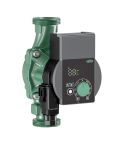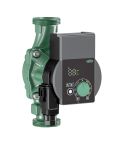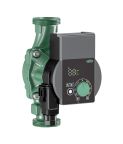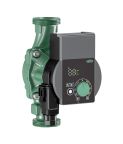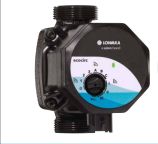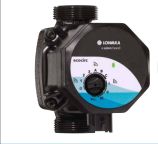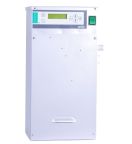Central Heating Pumps
Central heating pumps are mechanical devices which sit in your heating system and pump the hot water around. The heating pump forces the hot water to travel quickly from your boiler to your radiator and back.
Central heating pumps are located near a boiler or hot water tank. They are essential components within a heating system as, if it breaks, your heating system will not heat up properly.
How do heating pumps work?
Water is fed into the pump via a pipe, shortly after the boiler has heated the water. The heating pump is a centrifugal pump which uses impellers which move the fluid by rotating. This rotation pushes the water along with speed through the water flow outlet and along to the radiator system.
Heating pumps also connect to an electricity supply to provide the energy to power the impellers. There are controls on the pump which adjusts the water pressure. There will also be a bleed screw to release air bubbles if your pump is not functioning as it should.
Why are heating pumps important?
As the hot water travels from your boiler, it will begin to lose heat. Therefore the central heating pump will force the water along quicker so that it is still hot when it reaches your radiator. If the water circulating in your central heating is hotter, your radiators will be hotter, and therefore the room will heat more efficiently.
Where are they used?
Heating pumps are used in central heating in domestic or commercial systems.

